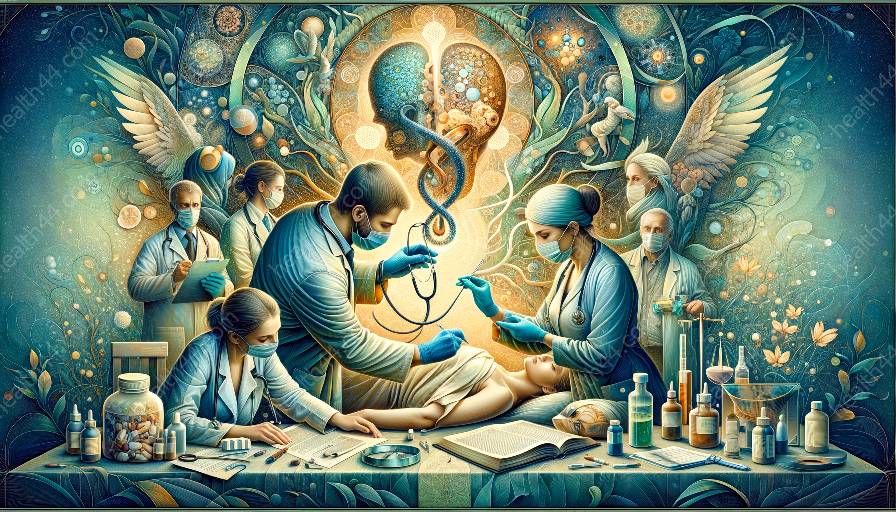Aging and injury risk are critical considerations in the world of university athletics, posing unique challenges and opportunities for sports and internal medicine professionals. As athletes age, their bodies undergo various physiological changes that can impact their susceptibility to injuries, as well as their recovery and rehabilitation processes. In this comprehensive topic cluster, we will delve into the complex interplay between aging and injury risk in university athletes, while exploring the implications for sports medicine and internal medicine.
Aging and Physiological Changes
As athletes transition through their university years, they experience a range of physiological changes associated with aging. Musculoskeletal changes, such as decreased muscle mass, strength, and flexibility, can affect an athlete's physical performance and increase the risk of injuries. Furthermore, the body's ability to repair and recover from injuries may be compromised as it ages, necessitating specialized medical attention and interventions.
Impact of Aging on Injury Risk
With aging comes an increased predisposition to various sports-related injuries, including muscle strains, ligament tears, and stress fractures. The aging process can affect an athlete's balance, coordination, and proprioception, contributing to a higher likelihood of falls and impact-related injuries. Additionally, age-related changes in bone density and joint health can influence the susceptibility to fractures and joint-related injuries, presenting unique challenges for both sports medicine and internal medicine practitioners.
Preventive Strategies and Injury Mitigation
To address the heightened injury risk associated with aging in university athletes, sports medicine professionals and internal medicine specialists collaborate to develop targeted preventive strategies and injury mitigation techniques. This may involve comprehensive injury screening protocols, personalized strength and conditioning programs, and nutritional interventions tailored to address age-related physiological changes. Furthermore, interdisciplinary approaches that encompass physical therapy, biomechanical assessments, and psychological support play a pivotal role in mitigating injury risk and enhancing overall athletic performance.
Role of Sports Medicine
Sports medicine professionals play a crucial role in assessing and managing the impact of aging on injury risk in university athletes. Through advanced diagnostics, injury rehabilitation techniques, and performance optimization strategies, they work to ensure that aging athletes receive tailored care and support to minimize the risk of injuries, maximize recovery, and prolong their athletic careers. This involves a comprehensive understanding of the specific physiological changes associated with aging, as well as the development of evidence-based treatment plans that address the unique needs of aging athletes.
Internal Medicine Considerations
Internal medicine specialists contribute significantly to the care and well-being of aging university athletes by addressing age-related medical conditions and optimizing overall health and wellness. They focus on managing chronic health issues, promoting cardiovascular health, and addressing metabolic changes that may influence an athlete's susceptibility to injuries. By integrating internal medicine principles with sports-specific considerations, internal medicine specialists play a pivotal role in ensuring that aging athletes receive comprehensive medical care that supports their athletic endeavors.
Future Directions and Research
As the field of sports medicine continues to evolve, ongoing research and innovation are essential to further understanding the relationship between aging and injury risk in university athletes. Collaborative efforts between sports medicine, internal medicine, and other relevant disciplines aim to identify novel interventions, enhance injury prevention strategies, and optimize the overall health and well-being of aging athletes. By embracing a multidisciplinary approach and fostering a culture of continuous improvement, the healthcare community can better address the unique challenges associated with aging and injury risk in university athletes.
Conclusion
The dynamics of aging and injury risk in university athletes underscore the critical role of sports medicine and internal medicine in safeguarding the health and performance of aging athletes. By recognizing the physiological changes that accompany aging, implementing targeted preventive strategies, and fostering interdisciplinary collaboration, healthcare professionals can empower aging athletes to continue pursuing their athletic passions while mitigating injury risks and optimizing their overall well-being.


